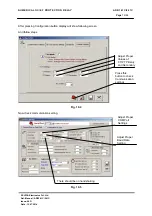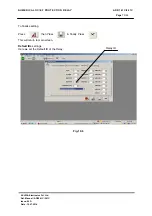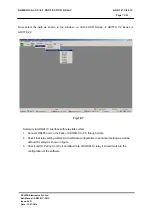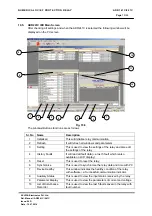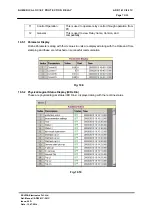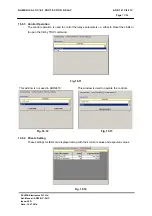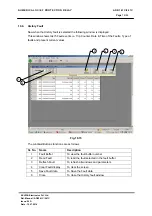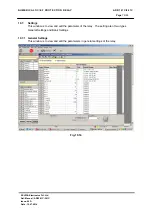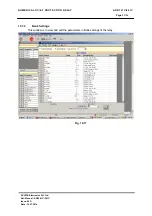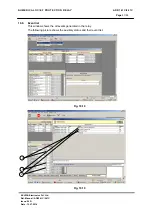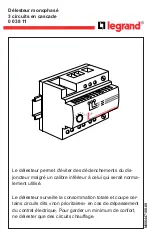
N U M E R I C A L O C / E F P R O T E C T I O N R E L AY AD R 1 4 1 C / 2 4 1 C
ASHIDA Electronics Pvt. Ltd.
Ref: Manual / ADR141C / 241C
Issue: 04D
Date : 10.07.2014
Page
68/86
10.0
COMMUNICATION ( Only for ADR241C Relay )
10.1 General
After every fault relay capture numbers of data which can be very useful to analysis fault.
Following is the summery of data which can be given by relay
1)
Measurement value:
The relay is connected to CT which samples the current signal and
calculates the number of different values from these signals. These values are available
whenever master demands. (Here master means connected PC or SCADA RTU) The
ADR241C gives RMS current information.
2)
Event Value:
Apart from basic protection functions. Relay is continuously monitors its
internal and external hardware through different status flags. There are two types of
status flags 1) Logical status such relay Pick-up, Relay, operation; setting change etc.
these are generated within relay. 2) Similarly there is opto-coupler inputs which are
connected to external contacts marked as S1 – S2. Any change in logical or physical
status is recorded as event. Such events are kept in internal non volatile memory along
with time stamp
.
Up to 100 such event can be store in relay memory. These events can
download for detailed analysis of any operation.
3)
Fault History:
After the fault, the relay latches all fault alongwith real time values these
are known as fault history. Last 5 fault history is available on relay display and on
communication port. Details of values are given in user interface
To read this fault information communication port are provided i.e. RS485 at rear. The relay
use 3 wire communication port. (RX, TX and GND) hand shaking signal are not used such
RTS, CTS, DSR DTR.



















